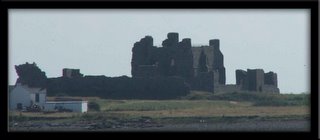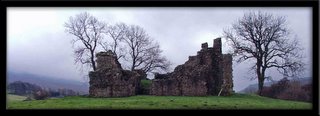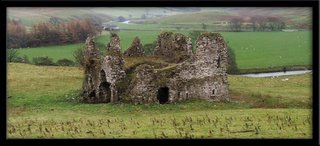Selside nr Kendal,
South Lakeland,
Cumbria.
The hall is described as a twin tower house, one tower of 15th century origins, the other of 16th century. Due to the relatively thin walls, the house has easily been transformed from a defensive building, to a house…..and it is for this reason that it is fairly difficult to see at first glimpse the history behind the property.
It is reputed that a room on the first floor of the hall, was at some time used as both an Anglican and a Catholic chapel, until the church, dedicated to St Thomas, was built. There are also mentions of priest holes hidden throughout the house. It is thought that the hall belonged to the Thornburgh family of Hampsfield in Cartmel, although it was probably built by the Selssed family. A staunchly Catholic family, the Thornburghs would have had good reason to have kept a secret chapel in the hall. The kitchen is now thought to occupy the room once dedicated to the chapel.
Several commentators now see this building as a simple hall with two cross wings...much the same as the Castle Dairy in Kendal...and no claim of fortification has ever been made of that building. As more information comes to light, it will be posted here.The hall can best be seen from the small car park opposite the church, as the road does not run directly past the hall.










































